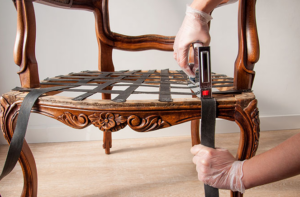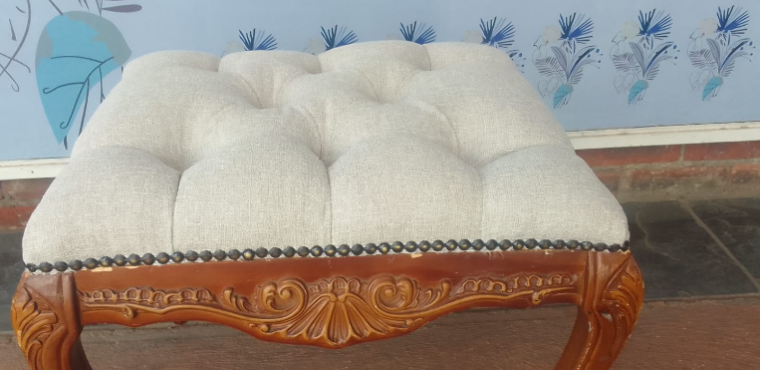Furniture restoration is a fascinating and rewarding endeavour that allows enthusiasts to breathe new life into vintage pieces. Whether you’ve inherited an old heirloom or stumbled upon a hidden gem at a flea market, restoring antique furniture can be a fulfilling and creative project. In this article, we will explore the art of furniture restoration, step-by-step guidelines to revitalize vintage pieces, essential tools and materials needed, and tips for preserving the charm and authenticity of the furniture.

Understanding the Beauty of Vintage Furniture
Vintage furniture carries a unique charm and character that sets it apart from modern pieces. The craftsmanship and attention to detail in older furniture often surpass what is commonly found in contemporary designs. Understanding and appreciating the historical significance of vintage pieces can inspire you during the restoration process.
Assessing the Condition of the Furniture
Before embarking on the restoration journey, carefully inspect the furniture to determine its current condition. Look for signs of damage, such as cracks, chips, scratches, or loose joints. Assessing the extent of wear and tear will help you create a comprehensive restoration plan.
Planning the Restoration Process
Develop a step-by-step plan for the restoration, considering the specific needs of the piece. Decide on the scope of the project, including whether you want to perform a full restoration or retain some of the furniture’s original patina. A well-thought-out plan will help you stay organized throughout the restoration process.
Gathering Essential Tools and Materials
Having the right tools and materials is crucial for successful furniture restoration. Some common tools include sandpaper, wood glue, clamps, chisels, and brushes. Additionally, gather appropriate finishing materials such as wood stain, varnish, and wax to preserve and enhance the furniture’s appearance.
Cleaning and Repairing the Furniture
Start the restoration process by cleaning the furniture thoroughly. Use mild cleaners and techniques suitable for the type of material. Address any repairs needed, such as glueing loose joints or filling cracks and chips. Take your time to ensure the furniture is stable and structurally sound.
Stripping Old Finishes
In many cases, vintage furniture might have old layers of paint or varnish that need to be removed. Stripping the old finishes will reveal the natural beauty of the wood beneath and provide a clean canvas for refinishing.
Refinishing the Furniture
Choosing an appropriate finish is a critical aspect of furniture restoration. Consider the original finish of the piece and the look you want to achieve. Common finishes include staining to enhance the wood’s grain, painting for a fresh appearance, or applying a protective coat of varnish.
Preserving Original Details
While restoring vintage furniture, try to retain and enhance its original details. Pay attention to intricate carvings, hardware, and unique features that make the piece special. Restoring these elements will preserve the furniture’s historical and aesthetic value.
Final Touches and Protection
Once the restoration is complete, give the furniture some final touches. Clean any residue left from the restoration process and apply a protective coating to safeguard the piece from future wear.
Displaying and Enjoying the Restored Furniture
After all the hard work, find a special place to display and enjoy your restored vintage furniture. Share the story of your restoration journey with family and friends, and relish in the satisfaction of transforming a piece of history into a functional and beautiful addition to your home.
Conclusion
Furniture restoration is a fulfilling hobby that allows you to breathe new life into vintage pieces and preserve their timeless beauty. With proper planning, attention to detail, and the right tools, you can successfully restore and cherish these unique treasures for many years to come.


